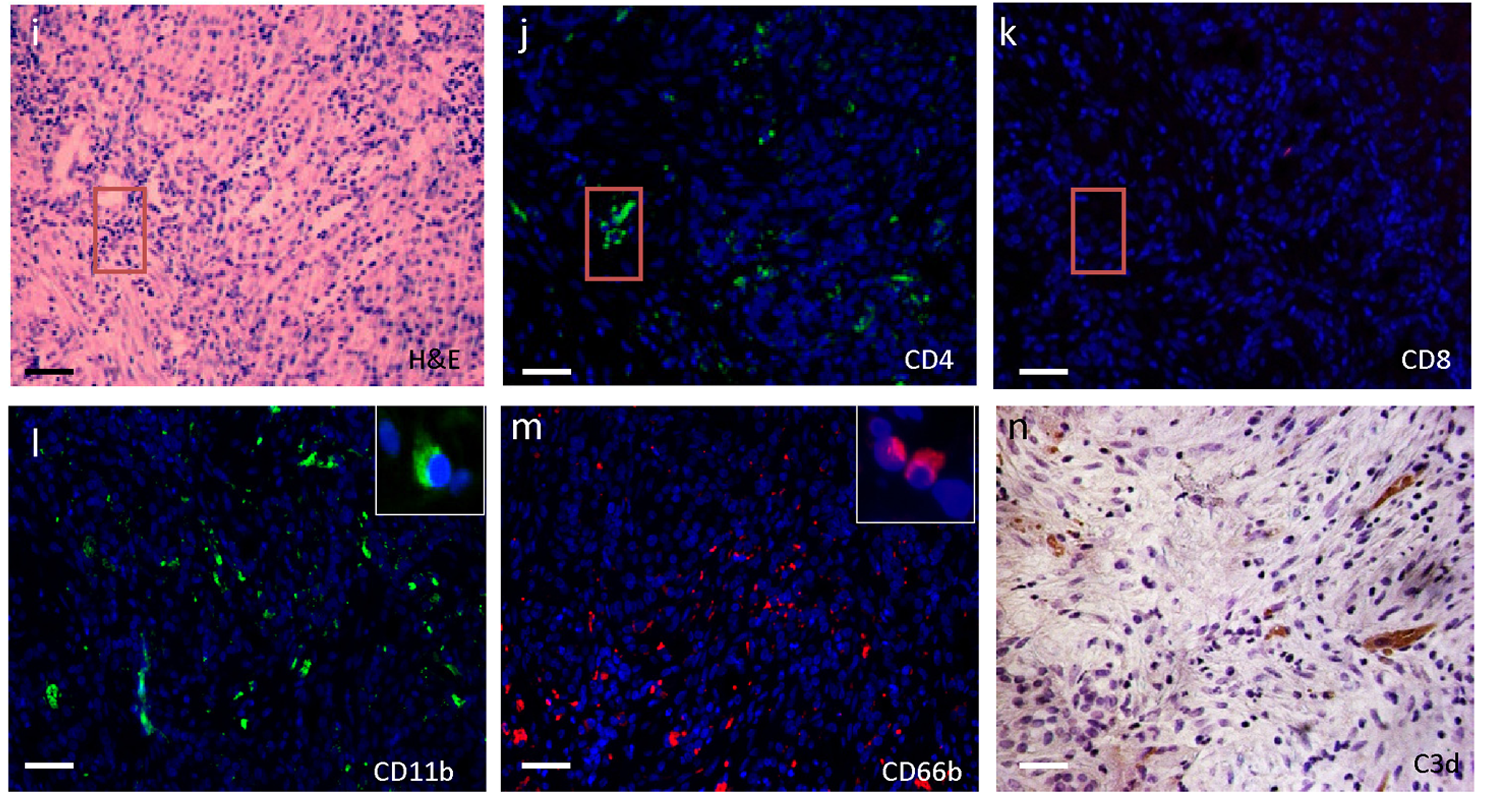Cat. #153424
H400 Cell Line
Cat. #: 153424
Unit size: 1x10^6 cells / vial
Organism: Human
Tissue: The alveolar process of the maxilla
Disease: Cancer
Model: Mutant; Tumour line
£575.00
This fee is applicable only for non-profit organisations. If you are a for-profit organisation or a researcher working on commercially-sponsored academic research, you will need to contact our licensing team for a commercial use license.
Contributor
Inventor: Stephen Prime
Institute: University of Bristol
Primary Citation: Prime et.al. 1990. J Pathol. 160(3):259-69. PMID: 1692339
Tool Details
*FOR RESEARCH USE ONLY
- Name: H400 Cell Line
- Alternate name: H400
- Organism: Human
- Gender: Female
- Tissue: The alveolar process of the maxilla
- Donor: Female, 55 y.o. Clinical features: site: alveolar process; size (mm): 20-40; nodes: - ; metastases: - ; pathology: moderately differentiated; grade: II
- Disease: Cancer
- Growth properties: Adherent
- Model: Mutant; Tumour line
- Model description: Mutant p53, codon 283 exon 8, C to G wild type K-, N- and Ha-ras. Non-tumourigenic on subcutaneous injection into athymic nude mice, but tumourigenic on injection into the floor of the mouth.
- Crispr: No
- Conditional: No
- Description: Established from a squamous cell carcinoma (SCC) of the alveolar process (20mm - 40mm) of a female patient aged 55. STNMP stage II, moderately differentiated, node negative tumour. This cell line is highly responsive to TGF-beta. These cells are non-tumourigenic on subcutaneous injection into athymic nude mice, but tumourigenic on injection into the floor of the mouth
- Application: Disease modeling, malignant progression studies, gene mutation and expression analysis
- Additional notes: Haplotype information: A*11,A*29; B*07,B*15; Cw*03,Cw*15
- Cellosaurus id: CVCL_2464
Target Details
- Target: Human oral squamous cell carcinoma, alveolar process
Applications
- Application: Disease modeling, malignant progression studies, gene mutation and expression analysis
Handling
- Format: Frozen
- Volume: 1 ml
- Growth medium: DMEM:HAMS F12 (1:1) + 2mM Glutamine + 10% Foetal Bovine Serum (FBS) + 0.5 ug/ml sodium hydrocortisone succinate
- Temperature: 37° C
- Atmosphere: 5% CO2
- Unit size: 1x10^6 cells / vial
- Shipping conditions: Dry ice
- Subculture routine: Split sub-confluent cultures (70-80%) 1:8 to 1:10 using 0.25% trypsin/EDTA; 5% CO2; 37C. Suggested seeding density 5 x 1000 cells/cm2. Cells can take approximately 10 minutes to detach, an alternative is to trypsinise 2 to 3 times with fresh trypsin for shorter periods for each trypsin application. Avoid knocking flasks during the trypsinisation process as this can lead to loss of viability
- Mycoplasma free: Yes
References
- Yeudall et al. 1995. Eur J Cancer B Oral Oncol. 31B(2):136-43. PMID: 7633286
- Prime et al. 1994. Int J Cancer. 56(3):406-12. PMID: 7508893
- Prime et al. 1994. Br J Cancer. 69(1):8-15. PMID: 8286215
- Yeudall et.al. 1993. Eur J Cancer B Oral Oncol. 29B(1):63-7. PMID: 8180579
- Prime et.al. 1990. J Pathol. 160(3):259-69. PMID: 1692339





